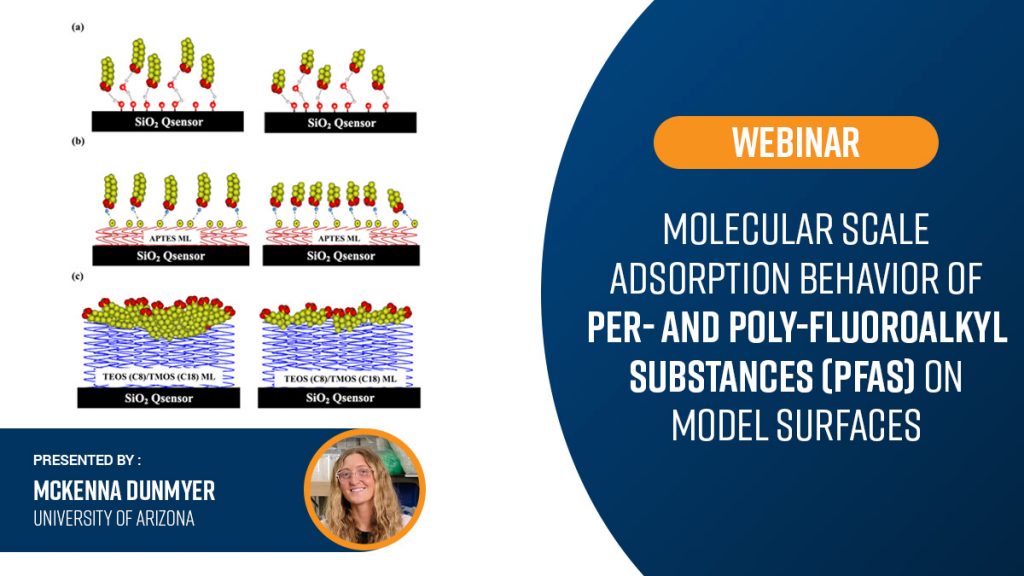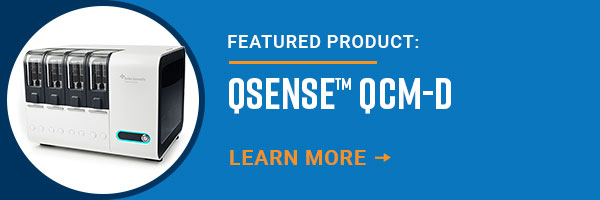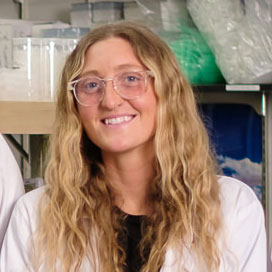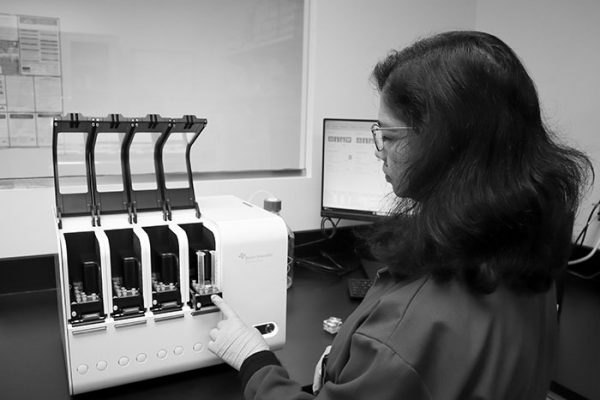Per- and poly-fluoroalkyl substances (PFAS) are emerging contaminants of concern owing to their longevity, toxicity, mobility, and bioaccumulation. Alternative products, and chemistries, have failed to replace PFAS due to its unparalleled surfactant properties. Thus, research efforts must shift the focus onto remediation methods and mitigation strategies for PFAS removal.
The study we will discuss in our upcoming webinar aimed to elucidate the adsorption mechanisms of four prevalent PFAS molecules through an integrated approach using a quartz-crystal microbalance with dissipation (QCM-D) and organosilane-functionalized surfaces. Nonpolar-hydrophobic and polar-hydrophilic interfaces formed the basis of the study for surface functionality. QCM-D adsorption experiments were conducted to measure the accumulation profile of each PFAS, determine the interfacial properties and kinetic parameters, and probe its molecular behavior at each proposed interface. While each model surface showed promising results for PFAS adsorption, the mechanisms each surface induced varied. Hydrophobic and electrostatic interactions played the most prominent role in PFAS adsorption. However, electrostatic interactions were highly dependent on charge distribution and molecular size, whereas hydrophobic interactions proved to be less selective and only a function of chain length. A quantitative structure–property relationship (QSPR) analysis was implemented to establish a correlation between adsorption rate, molecular composition, and interfacial physicochemical properties. Molar volume-based QSPR models successfully represented measured behavior for the nonpolar-hydrophobic interfaces, while electrostatic potential-based models could provide robust predictions of PFAS adsorption for both nonpolar-hydrophobic and polar-hydrophilic interfaces. The latter high performance was due to the descriptor being associated with both constituents of the molecule.
Join us for a webinar presented by McKenna Dunmyer, a researcher at the University of Arizona, as she delves into the mechanisms of PFAS adsorption and their implications for remediation strategies. The session will offer a detailed overview of experimental methodologies, key findings, and practical applications for tackling the challenges posed by PFAS.
What you’ll learn in this webinar:
- The unique physicochemical properties of PFAS and their environmental implications.
- How QCM-D and functionalized surfaces are used to study PFAS adsorption mechanisms.
- The role of hydrophobic and electrostatic interactions in PFAS adsorption.
- Insights into developing predictive QSPR models for adsorption behavior.
- Practical considerations for remediation strategies based on adsorption findings.






